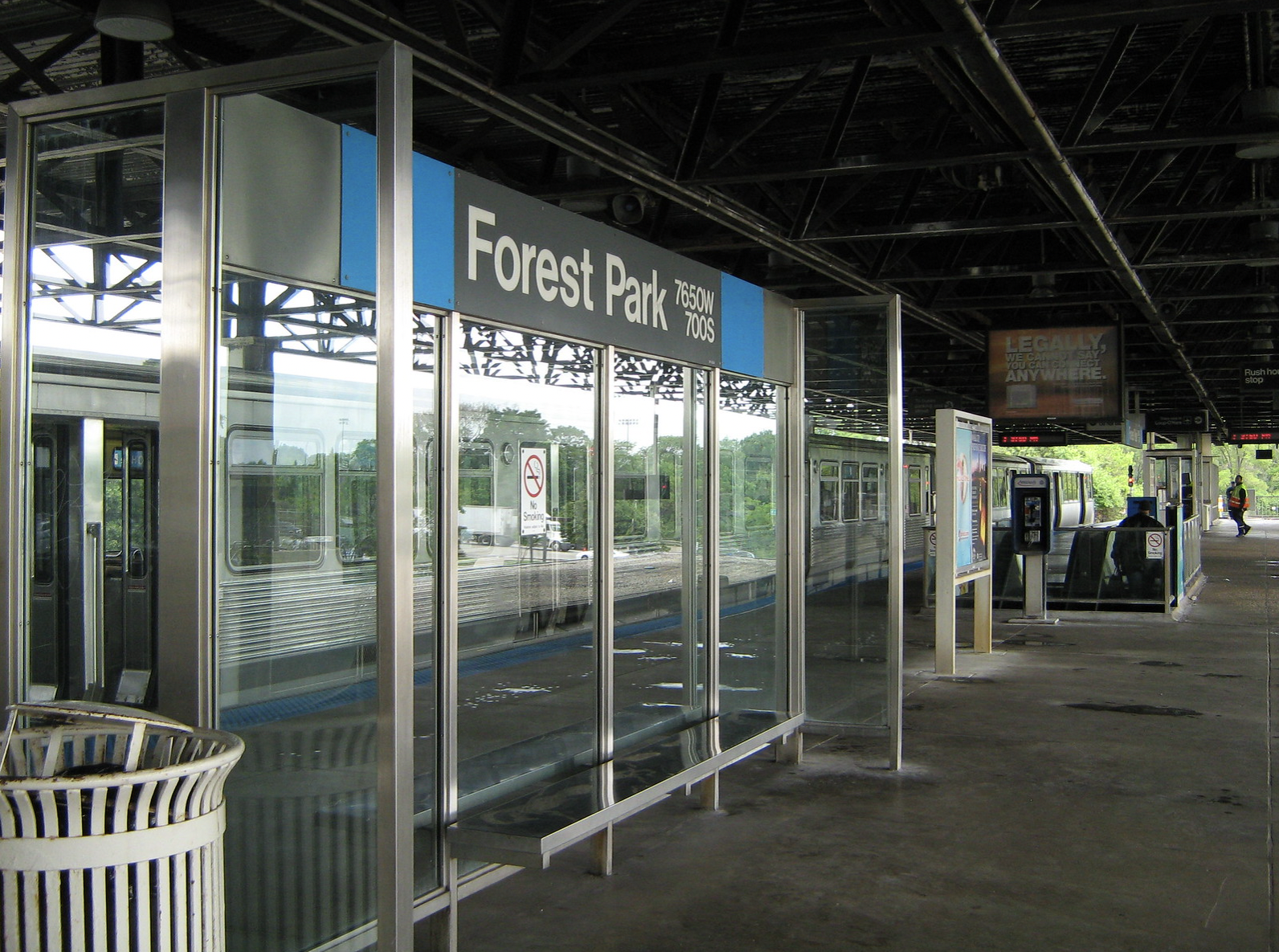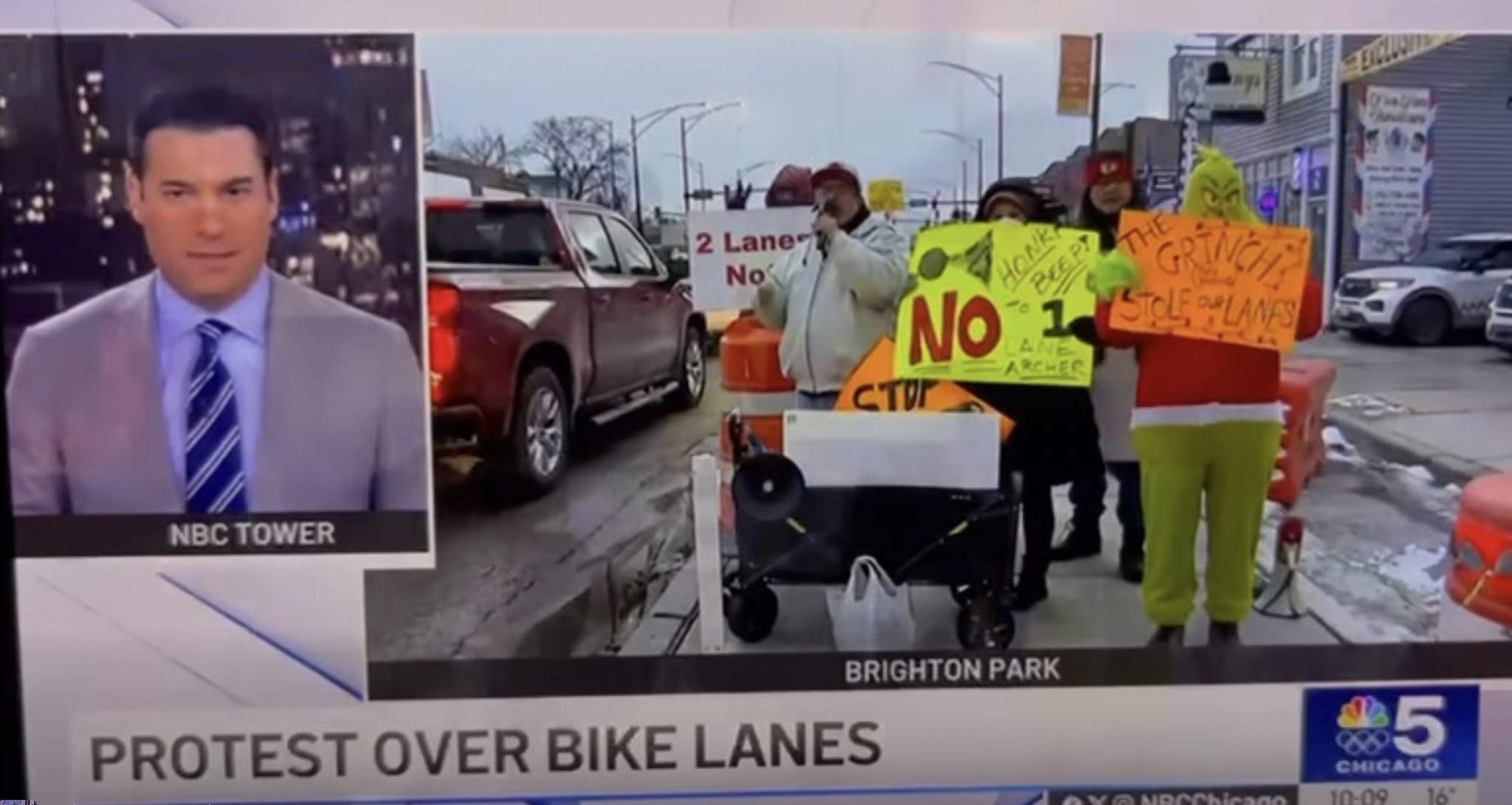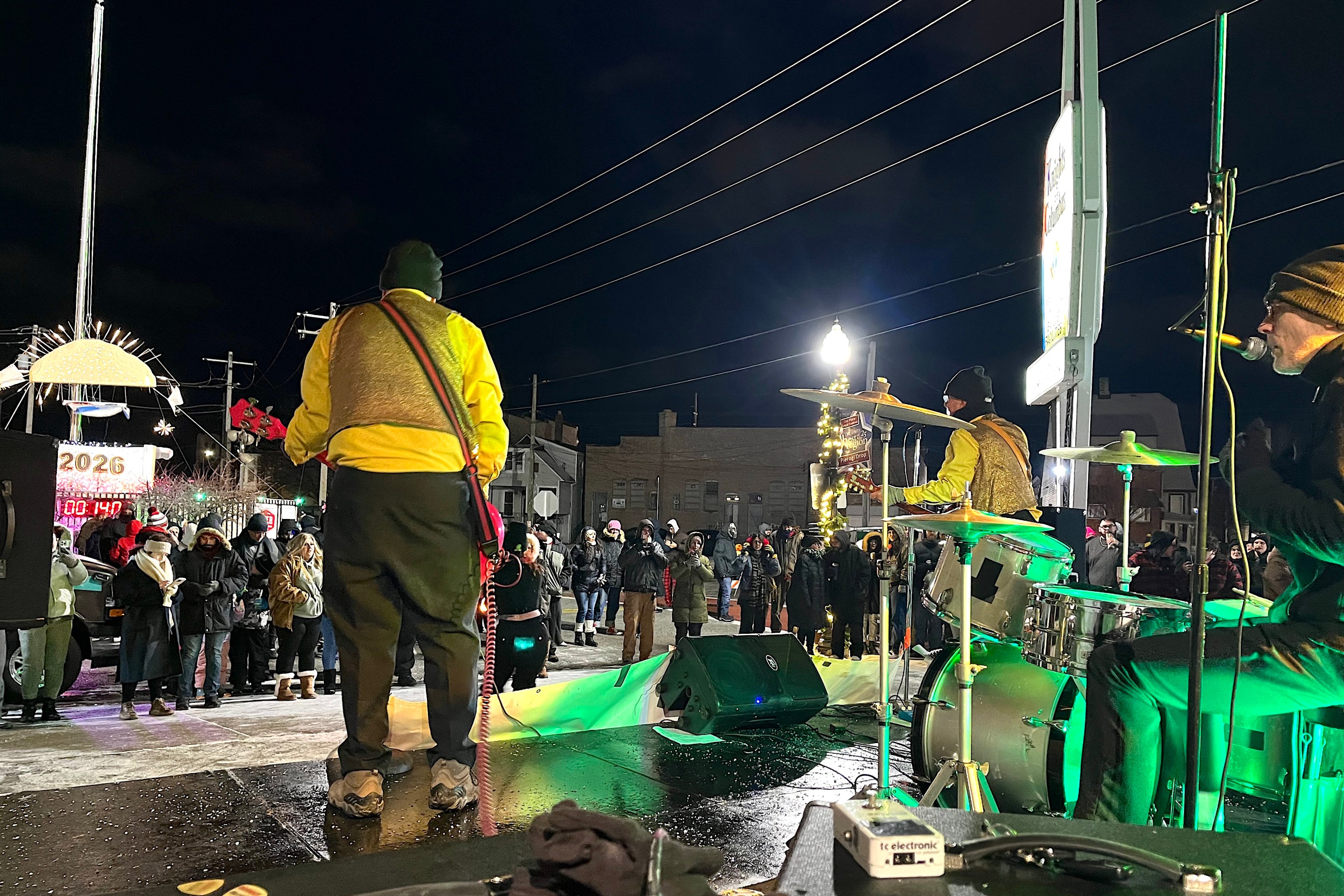
Two major themes dominated September meeting of the CTA's transit board, held on Wednesday, September 11.
The board discussed ways to make the CTA bus network more equitable – a conversation that quickly turned to using this data to make the case for more state funding. The CTA has long complained that it simply doesn’t have enough money to expand services where they’re needed. But the appeal has recently taken on new urgency as ridership still lags behind pre-pandemic numbers and COVID-19 stimulus funds are expected to run out in 2026.
This was the board’s first meeting since the Labor Day mass shooting on the Blue Line in Forest Park, which killed four people people who were asleep on the train. Several board members argued that the CTA should do more to improve public safety, with some acknowledging that simply ramping up security isn’t enough.
CTA bus service restructuring
Like other Chicagoland transit agencies, the CTA has been working on restructuring its services to better meet post-pandemic ridership demand. During Wednesday’s board meeting, CTA Chief Innovation Officer Molly Poppe said that the project is still very much a work in progress – the final draft won’t be ready until late 2025. But to help build the foundation for the plan, the agency commissioned nationally respected transit consultant Jarrett Walker to study the bus network as it currently exists. Poppe said that CTA is also doing outreach for the initiative through online and in-person meetings.
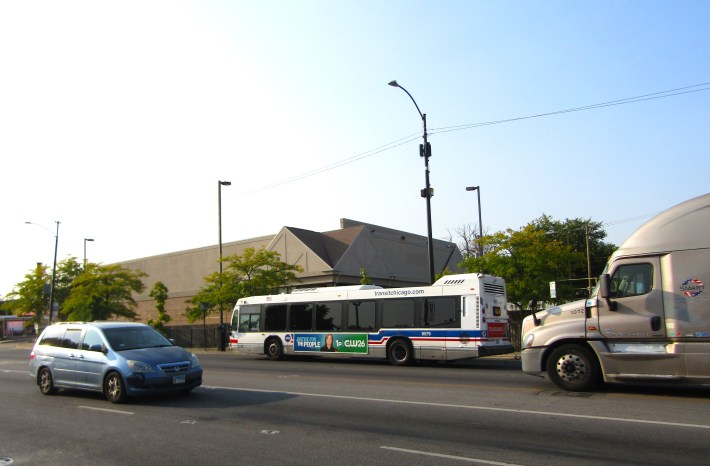
In his report to the transit board, Walker noted that buses account for 60 percent of CTA ridership, in large part because, unlike the Loop-orientated ‘L’ system, buses are “useful for going everywhere at all times a day.” But when it comes to serving the customers who rely on the bus network the most – working-class riders whose jobs can’t be done remotely – the current system has several shortcomings.
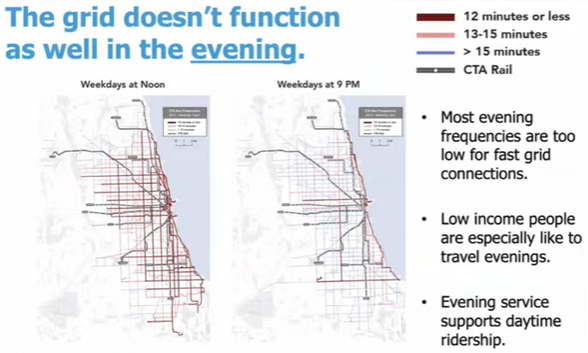
Image: Jarrett Walker + Associates for CTA
Walker noted that the service drops off sharply later in the evening and weekends, an obstacle for those who work late shifts and/or on Saturdays and Sundays. “The network isn’t there for them.” He argued that improving evening service will improve midday ridership, because, if workers know they will be able to catch a ride home after their night shift, they are more likely to use transit to get to and from work.
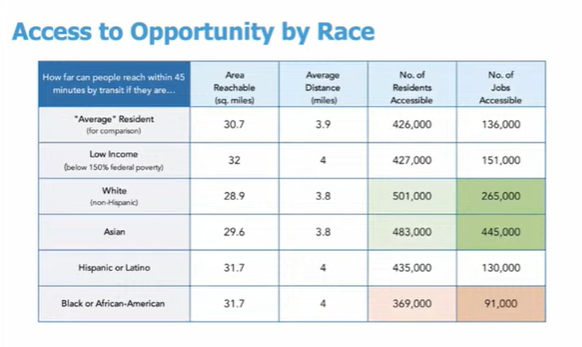
Walker also pointed to the “racial dimension of access to opportunities.” The route coverage doesn’t tell the whole story. Walker shared the analysis of census tracts that delved into how many jobs are located within two miles of a home. The numbers notably drop on the South Side and, to the lesser extent, the West Side and parts of North Side. He further broke the numbers down by race and found that Black and Latino residents can reach fewer jobs within 45 minutes from their homes than white and Asian-American residents.
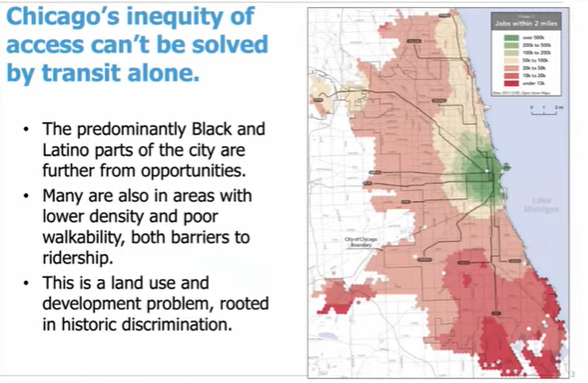
“Providing the same service to Black folks as white folks doesn't go as far, because they have to go further,” he said. “Obviously, that's a land use problem rooted in historic discrimination. CTA is deploying service as fairly as it can. It's just the geography is creating the barrier to Black folks.”
CTA president Dorval Carter maintained that the agency needs more funding to address the issues Walker highlighted and improve ridership. “If we're going to fix this problem, we need to fix this right,” he said. “We spent way too long patching this system of funding that has only [resulted] in inequitable outcomes, particularly to the communities of low income and color. And the opportunity to fix it is where we are today.”
Board member Roberto Requejo agreed, saying that it is important to call out racist policies and decisions that created the current status quo, including the CTA’s own past decisions. He also suggested that the CTA’s pitch for more funding should include specific examples of how structural inequities impacted minority communities. “The maps are always helpful to see things at the high level, but they don't go to the heart,” he said.
Board member Michael Eaddy suggested that the CTA should take its message to community organizations. “Sometimes, it takes the community to lay some pressure on the legislators and our elected officials,” he said.
Labor Day shooting response
The discussion also covered the even more somber topic of the need to improve public safety on the CTA in the wake of the four Blue Line killings.
Security footage captured Rhanni Davis walking through the Forest Park-bound Blue Line ‘L’ train as it was passing through Oak Park, and shooting the four sleeping passengers execution-style. The Cook County Medical Examiner’s office identified the victims as Adrian Collins, 60; Simeon Bihesi, 28; Sean Jones, 52; and Margaret Johnson, 64. Davis got off the train at the Forest Park branch's Harlem station, and he was arrested at the Pink Line's
Security footage captured Rhanni Davis walking through the Forest Park-bound Blue Line ‘L’ train as it was passing through Oak Park, and shooting the four sleeping passengers execution-style. The Cook County Medical Examiner’s office identified the victims as Adrian Collins, 60; Simeon Bihesi, 28; Sean Jones, 52; and Margaret Johnson, 64. Davis got off the train at the Forest Park branch's Harlem station, and he was arrested at the Pink Line's California station around 90 minutes later.
It was widely speculated that the four victims were sheltering on the Blue Line because they were homeless. But authorities only confirmed that Bihesi was unhoused.
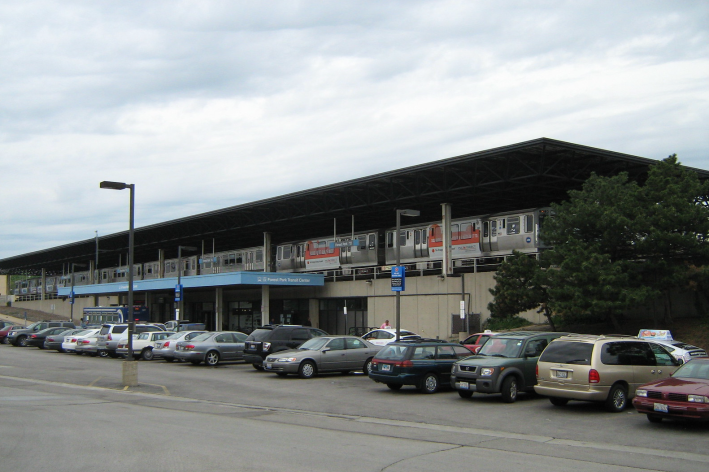
Carter began the full board portion of the meeting by asking for a moment of silence for the victims of the shooting and the 9/11 terrorist attacks. Later during the meeting, he thanked a CTA employee who spotted Davis on the Pink Line, leading to his arrest.
During the public comments portion of the meeting, there were remarks from George Blakemore, a regular at City Council meetings who ran for several local offices as a Republican. He noted that the incident was captured on security cameras, and questioned how useful they were if no one was watching them in real time. However, camera footage may have been helpful in apprehending the suspect after the tragedy.
Cook County Sheriff’s deputy Antoine Members, who has his own history of failed runs for office, spoke about public safety at the July transit board meeting, and he returned to that theme during a comment on Wednesday. He said that, in his experience as a law enforcement officer, the security CTA hired “don’t have enough training to deal with people who are armed.”
And while Members said he didn’t know for sure that all of the victims were homeless, he wanted to see “leaders here start find the way to talk to sister agencies” such as the Chicago Housing Authority and the City of Chicago “about how we can invest in public safety” by offering mental health services and other support to riders sheltering on the ‘L’ overnight.
President Carter pointed to the fact that CTA already works with Thresholds, Haymarket Center, and the Night Ministry nonprofits to provide supportive services on the Blue and Red lines. But he acknowledged that more could be done. “At the end of the day, there's a need to have a conversation about what's going in our community and why we're [dealing] with the problems we are seeing on the CTA,” he said.
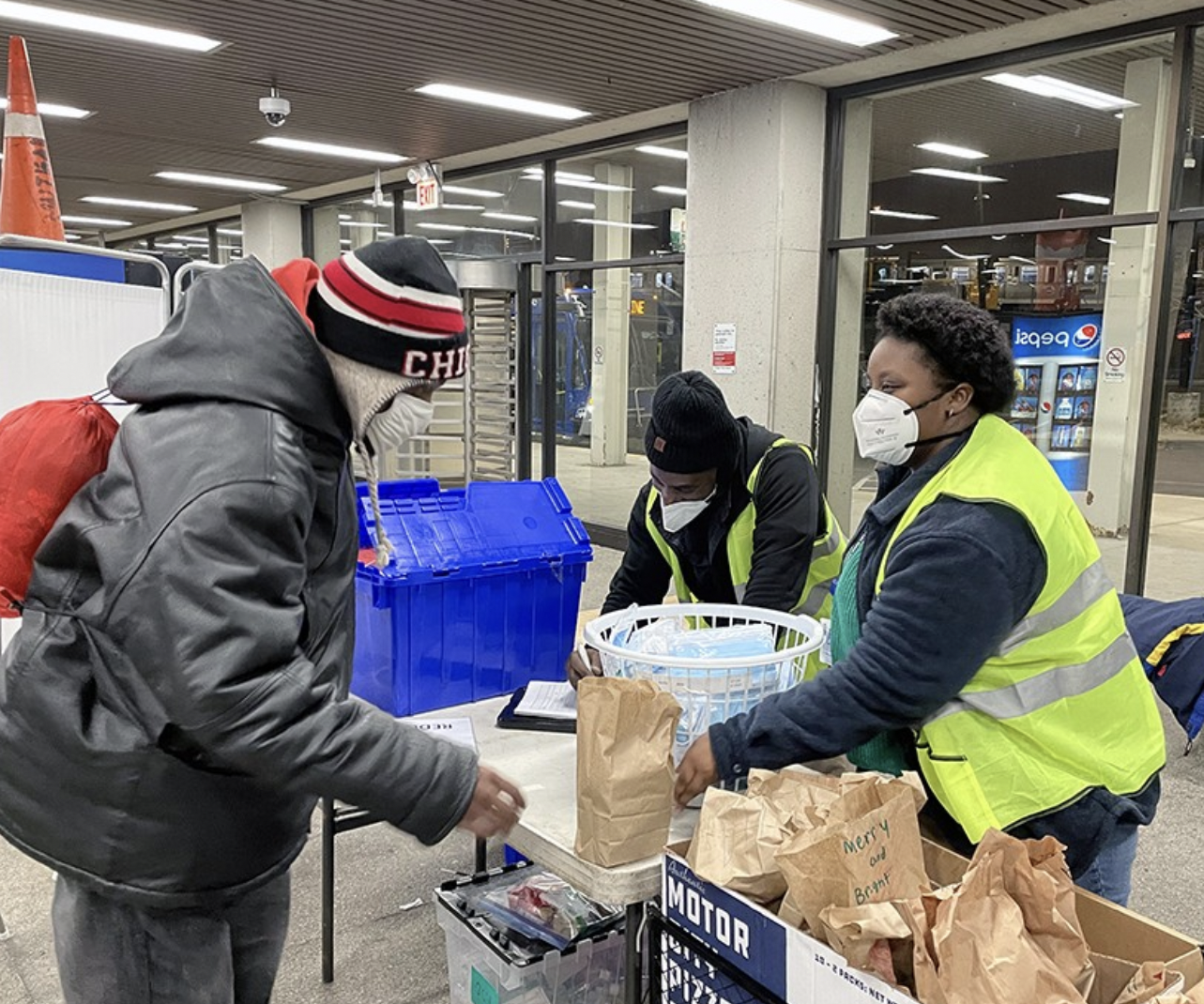
Carter added that the sheer size of the system makes keeping an eye on it challenging. “We cannot do this alone."
Requejo said that he wanted to see the CTA develop “a complex, multi-layer security plan” that would include government agencies, nonprofits, and the private sector. “I’m completely behind [Carter’s] call for support and you can't do it alone,” he said.
Carter responded that CTA is already “on a number of task forces that were brought around public safety,” promising that he he would come back to a the next meeting with a more detailed report on that at a future board meeting.
Board Chair Lester Barclay said while Walker’s presentation highlighted that evening and night service was necessary, he's concerned that this service is attracting crime. “Those who are sleeping, those are trying to get home from the last shift, those who may be on the train just because there's nowhere else to go, how do we balance service on the lines [with public safety]?” he asked rhetorically.
That's certainly a difficult question. But if the CTA is going to get back to pre-pandemic ridership numbers, and avoid the looming fiscal cliff, the agency needs to find ways to improve service while increasing safety. It's important to remember that since more "eyes in the railcars" will deter crime, progress on each goal will go head-in-hand with progress on the other one.

Did you appreciate this post? Please consider making a tax-deductible donation, to help keep Streetsblog Chicago's sustainable transportation news and advocacy articles paywall-free.
